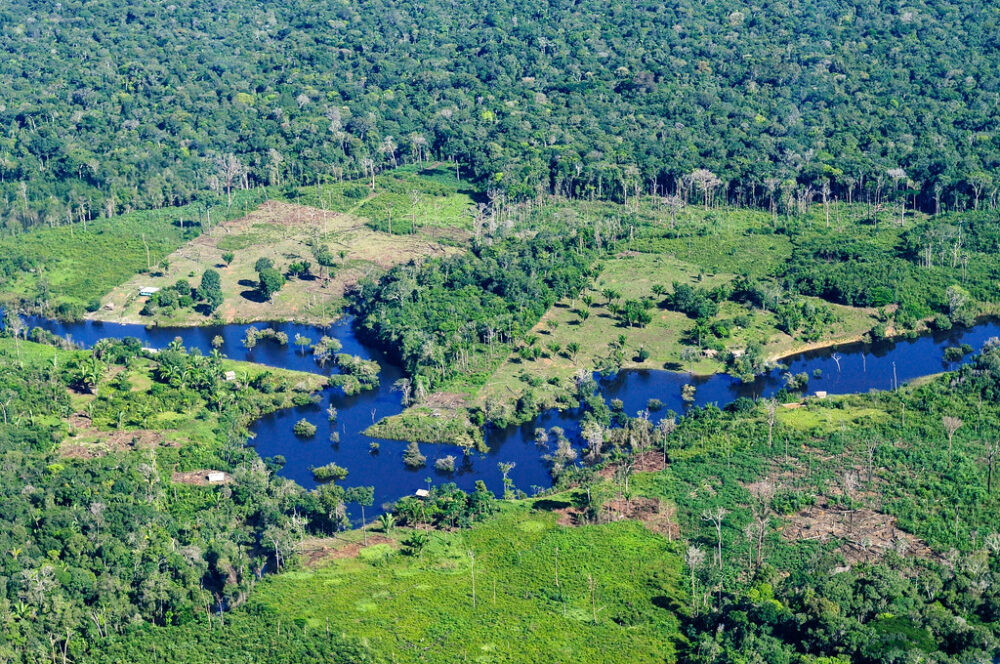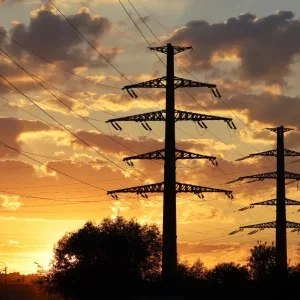
Mining operations in the Amazon basin now cover more than 20% of Indigenous lands, a study has found.
The analysis by the World Resources Institute (WRI) and the Amazon Geo-Referenced Socio-Environmental Information Network (RAISG) claims that mining now threatens hundreds of Indigenous communities and is endangering critical ecosystems across 450,000 square kilometres of the South American rainforest.
The report, titled Undermining Rights: Indigenous Lands and Mining in the Amazon, estimates that 1,131 Indigenous lands across the Amazon basin suffer from the impacts of legal and illegal mining.
Peter Veit, director of the WRI’s Land and Resource Rights Initiative, and co-author of the study, said: “Despite growing evidence that Indigenous Peoples are among the world’s greatest environmental stewards, our paper confirms what Amazonian Indigenous leaders have been telling us for years.
“Across the Amazon, Indigenous territories are under siege from mining, both legal and illegal, and these activities are eroding communities’ ability to protect themselves, prevent deforestation and safeguard ecosystems that are essential to the planet’s wellbeing.”
Mining is eroding communities’ proven ability to prevent deforestation, claims report
The report found that illegal miners have invaded 370 Indigenous lands, including many in Brazil, where all mining on Indigenous lands is illegal.
The illegal operations are also leaching toxic chemicals, such as mercury, into at least 30 Amazonian rivers.
Previous WRI research found deforestation rates are two to three times lower within tenure-secure Indigenous lands than outside those territories.
Its latest report reveals that mining is eroding communities’ proven ability to prevent deforestation. It claims that from 2000 to 2015, Indigenous lands with mining activities had higher incidences of tree cover loss than those without mining across the Amazon.
In Bolivia, Ecuador and Peru, forest loss was at least three times higher in Indigenous territories with mining operations – both legal and illegal – than those without, and one to two times higher in Colombia and Venezuela.

Patricia Quijano Vallejos, an international legal consultant and co-author of the paper, said: “We found that countries in the Amazon all grant some important legal protections to Indigenous People, but these protections are often weakly or unevenly enforced.
“Governments either own the mineral resources or control them, so Indigenous Peoples can neither prohibit miners with government permits from entering their lands nor fully access the minerals within their territories.”
Vallejos’ legal analysis found that in six Amazonian countries that hold more than 90% of the Amazon Basin – including Bolivia, Brazil, Colombia, Ecuador, Guyana and Peru – national laws and regulations often favour companies over Indigenous Peoples.
Steps highlighted in report that governments must take to protect Indigenous Peoples
The report highlights that beyond damage done to the ecosystem, “weak government oversight” of mining activities can “also lead to violent conflicts between Indigenous communities and miners”.
It claims that in 2019, more environmental defenders – including many Indigenous People – were killed protecting their lands from mining than from any other sector, with two thirds of all murders occurring in Latin America.
The report outlines steps that government officials can take to protect Indigenous Peoples from harmful mining activities.
Eleodoro Mayorga Alba, former minister of mines for Peru, believes that protecting Indigenous communities will “require a radical shift in governments’ approach to mining”.
“This includes establishing and enforcing social and environmental safeguards aligned with international standards, more consistently monitoring mining operations across Indigenous lands and stepping up efforts to identify and prosecute those who facilitate illegal mining practices.”
Indigenous communities will “need financial and technical assistance” to monitor illegal practces
The analysis notes that in several countries, Indigenous communities have “successfully used their rights” to shut down illegal, harmful mining on their lands.
It offers a number of case studies of successful efforts to block mining in regions, including the Yaigojé Apaporis’ land in the Colombian Amazon and the Indigenous Shipibo and Ese’Eja communities’ lands in the Tres Islas territory of Peru.
But to secure long-term benefits, the report claims Indigenous communities will need financial and technical assistance to “monitor illegal mining practices on their lands, recognise threats and collect evidence that can be used in courts”.
It adds that to safeguard Indigenous territories – including the sustainable development and environmental benefits they generate – it will require “stronger commitments” and “urgent actions” from governments, companies, civil society leaders, non-governmental organisations and other stakeholders.






